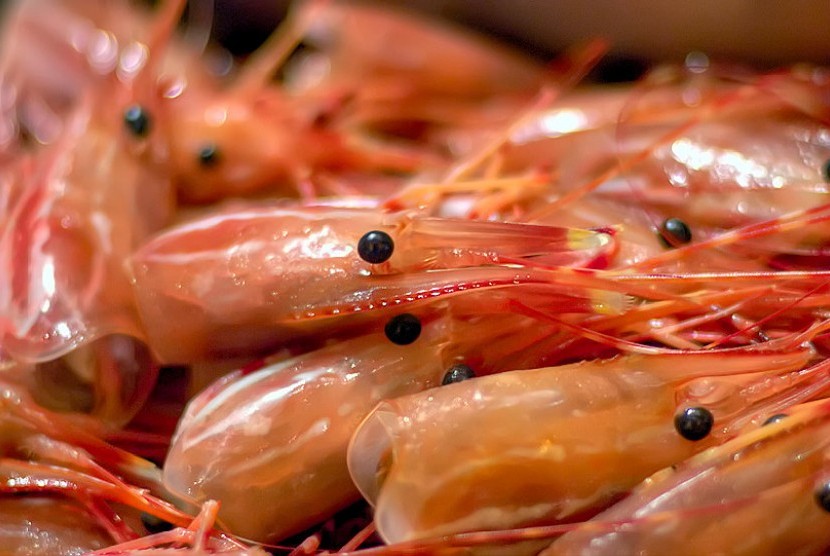Findings related to antibacterial, antifungal, and antiviral activity continue to be developed and studied year by year at both the researcher level and the university level, one of which is the development of chitosan. Chitosan is necessary to be developed to become a product in the pharmaceutical field to obtain bioactive compounds and anti-microbial activities so it is necessary to determine the inhibitory concentration of chitosan in ointment against Staphylococcus aureus and evaluate the physical properties of skin ointment preparations.
Shrimp or crustacean waste on the skin, head, and feet has not been maximally utilized. Shrimp or crustacean waste can be processed into chitin or chitosan which can provide high added value. Chitosan is one ingredient that can be used to make skin ointments. One of the bacteria that is harmful to the skin during a wound is Staphylococcus aureus. Hence, there is a need to have a skin ointment that can inhibit these bacteria.
Sri Subekti et al reported a research of pH determination, organoleptic test, homogeneity test, and antibacterial activity test to examine chitosan against Staphylococcus aureus. The results showed that chitosan in ointment had a weak antibacterial activity with a value of
Chitosan with a concentration of 0.2% in ointment fulfilled the requirements of a good ointment. Its white colour as the typical colour of chitosan showed the characteristic odour of chitosan and a semi-solid form. Chitosan in the ointment has antibacterial activity that can inhibit Staphylococcus aureus bacteria.
Authod: Widnyana IMS, Subekti S, and Kismiyati.
The full article can be viewed at the following link:https://wvj.science-line.com/attachments/article/67/WVJ%2011(4)%20705-708,%20December%2025,%202021.pdf





